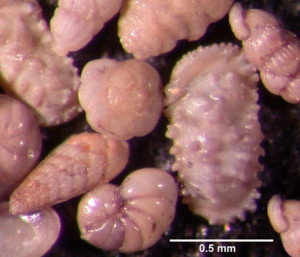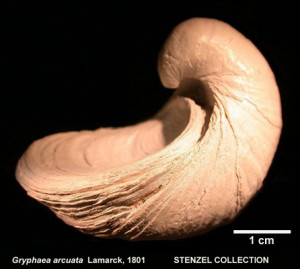Fossil Protists and Invertebrates
Microfossil Collection
The microfossil collection was initiated by Dr. Henry V. Howe (1896-1973), who conducted research on Gulf Coast sediments for almost 50 years. Considerable material, especially from the Gulf of Mexico and Caribbean areas, has been added by later workers.
Holdings consist primarily of foraminifers and ostracodes, two groups of organisms whose members are widely used as markers of sediment age and indicators of ancient environments.
Recognized as one of the nation’s best university repositories of microfossils and an important resource for researchers, the collection continues to grow in size and scope. The H. V. Howe Collection now contains approximately 2,800 slides of primary types and over 8,500 figured or identified specimens. Over 5,000 stratigraphic assemblage slides constitute a comprehensive Gulf Coast Plain collection. Localities from around the world are also represented.
Microfossil Collection Database
Invertebrate Collection
The invertebrate collection is worldwide in scope with more than 10,000 catalogued specimen lots including both fossil and Recent mollusks, bryozoans, and several other faunal groups. The stratigraphic collection contains more than 1,000 lots. A valuable component of the invertebrate holdings is the Stenzel Collection, which contains specimens and a reference library used by Dr. H. B. Stenzel in the preparation of his monograph on oysters (Stenzel, H.B., 1971. Oysters. In: Treatise on Invertebrate Paleontology, Part N, Vol. 3. pp. 953 – 1224).
Lorene Smith, Collections Manager

Foraminifers and ostracodes in the Microfossils Collection

Fossil oyster in the Invertebrate Collection